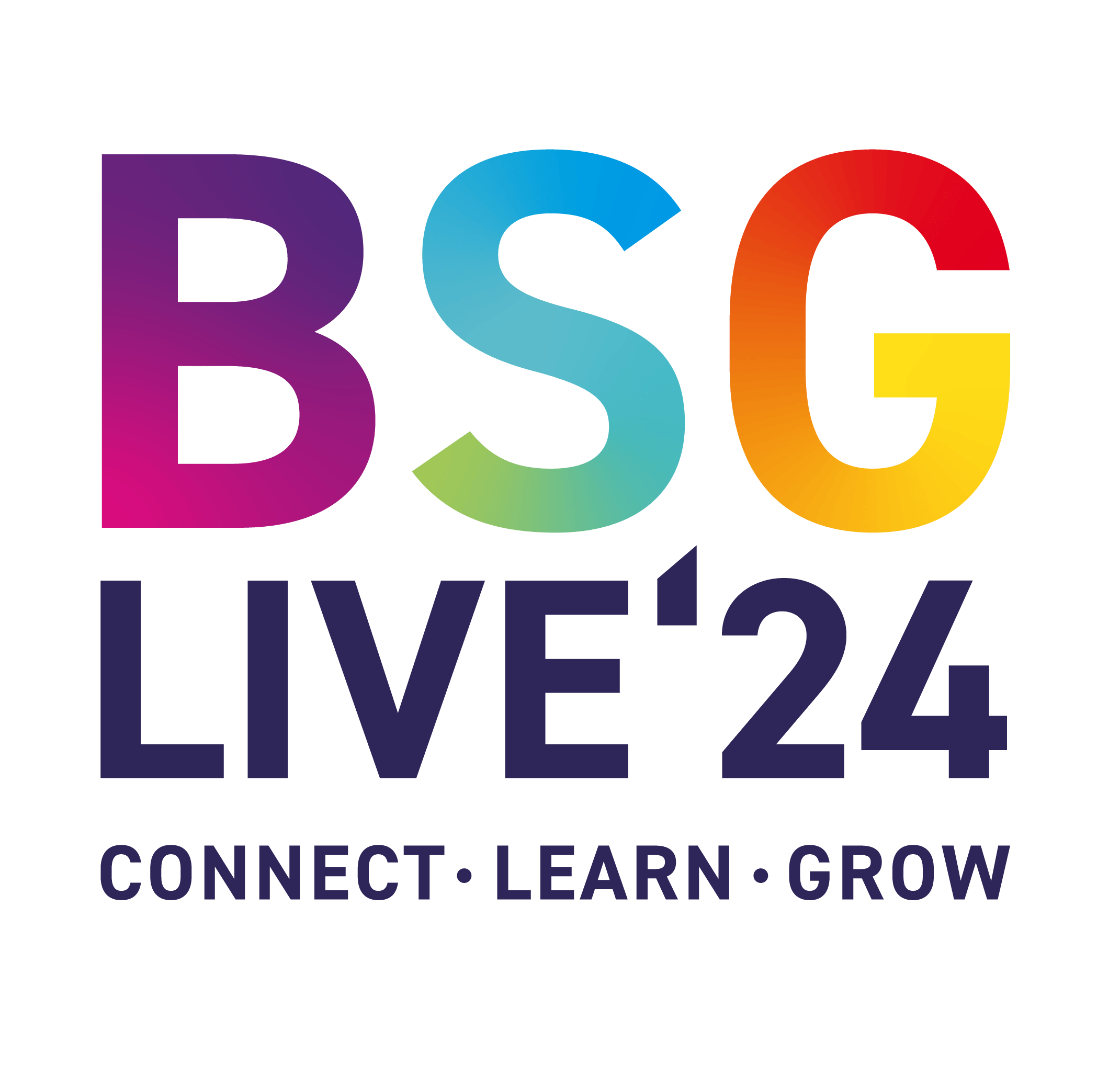As part of BSG’s commitment to assist with the continued development and training needs of the UK’s gastroenterologists and endoscopists, and following its popularity at BSG2019, we will once again run our EndoVillage.
This year we have increased the training time to two full days. Participants can book one-to-one training sessions within the EndoVillage when registering for the event.
Please note that you will be required to pay a £30 deposit to book a slot. This will be refunded when you attend the session. Participants can book a maximum of two sessions per day.
For nurses, there is no need to book, or to pay a deposit to attend. You can fill out a quick form to register your interest in specific sessions, or just turn up at the village during the conference, and speak to the friendly nursing team who will be happy to help you get the most out of your experience. To complete the form, please click here.
EndoVillage offers training in different endoscopic scenarios. Please see below an overall of the various options available to book.

Station 1 and 2
Title of Station: Peptic ulcer bleeding
Suitable for:
Novice upper GI therapeutic endoscopists
Those about to start endoscoping patients with acute upper GI bleeding
Assistants expected to assist with emergency GI bleeding.
Aims and objectives:
Familiarity with the modalities used to treat non-variceal upper GI bleeding, namely: injection, clip and thermal methods
Hands on experience of the same in a pig model of upper GI bleeding.
What next?
Attend formal BSG/EQUIP course on upper GI bleeding.
Notes
Two candidates for every 30 minutes, allowing 15 min to assist and 15min hands-on training.
Nurse faculty is welcome to assist the endoscopist.
Station 3
Title of Station: Variceal bleeding
Suitable for:
Novice upper GI therapeutic endoscopists
Those about to start endoscoping patients with acute upper GI bleeding
Assistants expected to assist with emergency GI bleeding.
Aims and objectives:
Familiarity with the techniques used in the endoscopic management of variceal upper GI bleeding, namely: variceal band ligation (VBL) and variceal sclerotherapy.
Hands on experience of VBL and sclerotherapy in a pig model and understand the principles of balloon tamponade and its use.
What next?
Attend a BSG/EQUIP course on upper GI bleeding.
Notes
Two candidates for every 30 minutes, allowing 15 min to assist and 15min hands-on
Nurse faculty welcome to assist the endoscopist.
Station 4
Title of Station: Colonic polypectomy and Endoscopic Mucosal Resection
Suitable for:
Novice therapeutic colonoscopists
Those about to start or in the early stages of polypectomy and colonic EMR
Assistants expected to assist with polypectomy and EMR.
Aims and objectives:
Familiarity with the basic techniques of colonoscopic polypectomy and the EMR of small lesions.
Hands on experience of the same in a pig model.
What next?
Attend a JAG accredited course on colonoscopic polypectomy.
Notes
Two candidates for every 30 minutes, allowing 15 min to assist and 15 min hands-on
Nurse faculty welcome to assist the endoscopist
Station 5 and 6
Title of Station: Endoscopic sub-mucosal dissection – ESD
Suitable for:
Experienced therapeutic endoscopists, already competent at EMR
Those interested in starting to develop a competency in ESD.
Aims and objectives:
Learn the basic technique of ESD, including the important complications and how to prevent them.
What next?
Further experience of ESD in a mentored environment.
Notes
1 candidate for every 30 minutes.
Nurse faculty welcome to assist the endoscopist.
Station 7
Title of Station: Nasal endoscopy
Suitable for:
Experienced diagnostic endoscopists, seeking a primer in nasal endoscopy.
Aims and objectives:
To understand the principles, advantages and drawbacks of nasal endoscopy
To practice nasal endoscopy on a mannequin, successfully incubating the model via the nasal route to the stomach.
What next?
More exposure to nasal endoscopy in a closely mentored setting.
Notes
2 candidates for each 30 minutes time slot.
Station 8
Title of Station: Basic ERCP
Suitable for:
Novice ERCP’ists.
Those wishing to learn to handle a side viewing scope and to learn the basic principles and practice of endoscopic sphincterotomy.
Aims and objectives:
Handle and ERCP scope in a pig model.
Use diathermy to perform safe sphincterotomy in the same.
What next?
JAG approved basic ERCP course.
Notes
2 candidates for each 30 minutes time slot.
Station 9
Title of Station: Endoscopy simulator
Suitable for:
Novice colonoscopists.
Novice endoscopists wishing to have an introduction to endoscopy. No prior knowledge of endoscopy is required.
Aims and objectives:
The principles of scope handling, the functions of the left hand (wheels and buttons) during gastroscopy or colonoscopy and the principles of torque steering. The trainee can select if they wish to use the gastroscopy or colonoscopy computer simulation.
What next?
JAG accredited course in Basic skills in flexible sigmoidoscopy/colonoscopy.
Notes
2 candidates for each 30 minutes time slot.
Industry to help with setting up the simulator and the desired level of colonic complexity.
Station 10
Title of Station: Diathermy and APC
Suitable for:
Any endoscopist wishing to know more about the theory of and the safe and appropriate usage of endoscopic diathermy.
Aims and objectives:
To understand the principles behind using cutting and coagulation current
Introducing the “smart diathermy” machines.
To demonstrate these principles, hands-on on tissue.
What next?
Attend a JAG accredited colonoscopic polypectomy course.
Notes
2 candidates for each 30 minutes time slot.
Industry will help with teaching.
Station 11
Title of Station: New and Exciting Endoscopy Technologies
At the EndoVillage, we also have a couple of ‘open access’ stations which don’t need to be pre-booked. At our Capnography station, Craig and Andreia talk about how capnography is better at monitoring breathing and what to do if your patient has gone too deep. Fujifilm will also showcase their new colonoscopy guide ‘Colo Assist Pro’ and their AI system ‘CAD EYE’ which not only detects polyps but also tells you if they are serrated or adenomatous!
